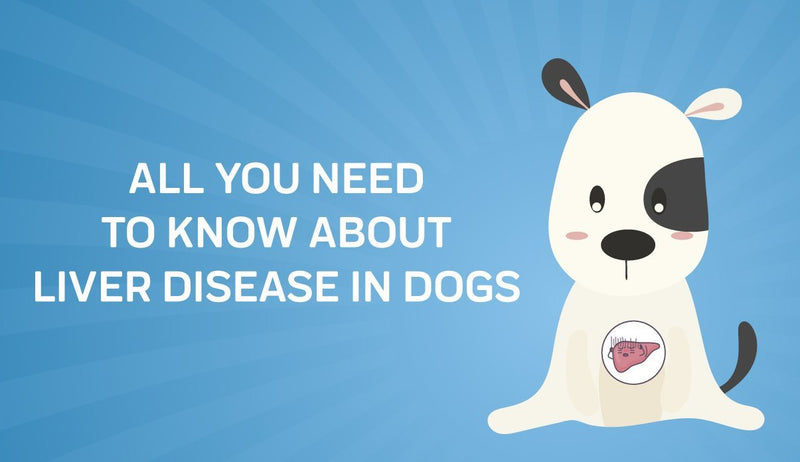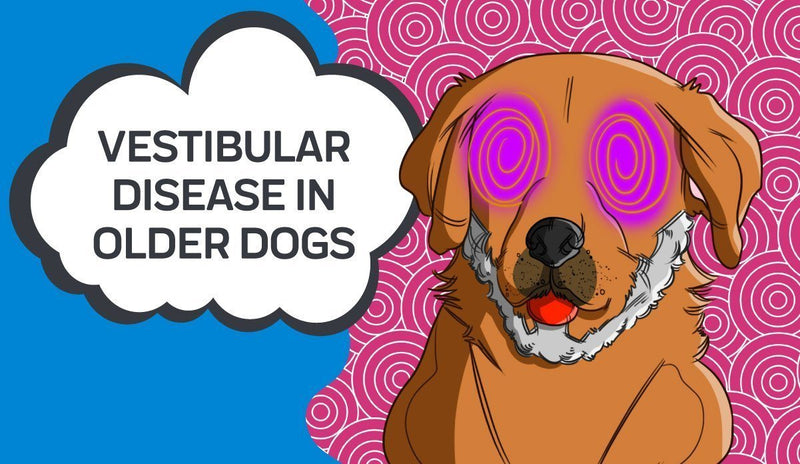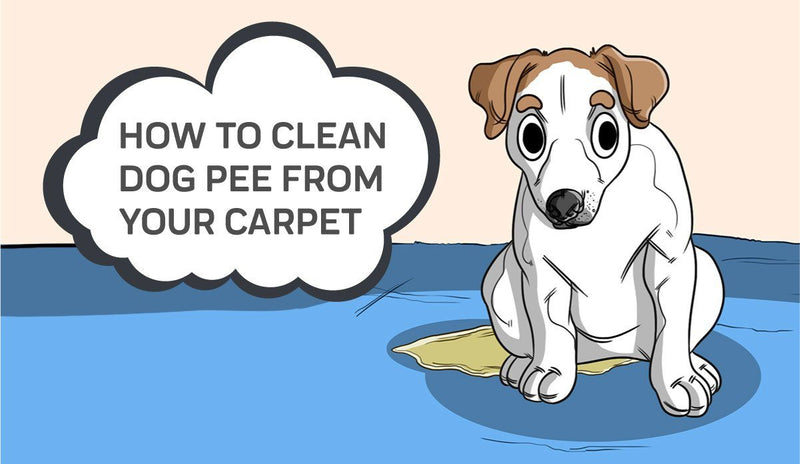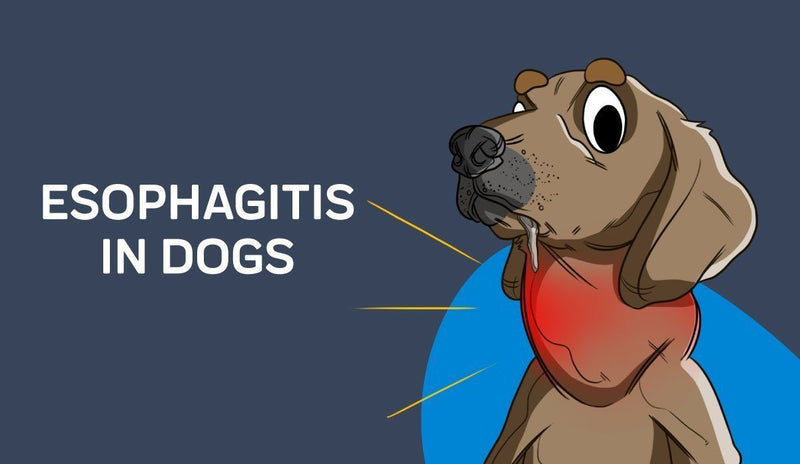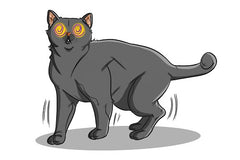
The speed, balance, and grace of cats is legendary inside the animal kingdom – from lions that roam the plains on a hunt to sleepy tabbies perched on top of a suburban sofa. Masters of movement, it’ll become immediately and suddenly obvious when a feline is not feeling her best. Head-tilting, uncharacteristic wobbling, or a sudden incapability of moving in a coordinated way instantly raises red flags for feline owners. There is a single medical culprit that’s frequently the cause in such cases, especially if the symptoms are rapid onset: cat vestibular disease. Here, Innovet Pet Products dives deeper into the subject of feline vestibular disorder.
Owing its reference to the vestibular system, a brain and inner ear collaboration, vestibular disease (additionally referred to as idiopathic vestibular disease) presents as concerning problems that easily can be mistaken for strokes. In a cat, the disorder manifests as a sudden onset of symptoms which add up to incapability of orienting the body and a lack of balance. As it strikes, a feline may go from his usual day-to-day activities to an almost-prone position on the ground, not able to stand up or orient her eyes to look in a single direction.
Also, it is not usually exacerbated or caused by the surrounding environment or outside causes, which confuses pet owners who reflexively begin to look for reasons. To protect his general well-being, a feline suspected of having vestibular system ought to be assessed by a veterinarian ASAP for confirmation.
Vestibular Disease Cat: What Is it?
As a feline comes down with cat vestibular disease, he will not gradually begin to show symptoms – it’ll be a sudden occurrence, oftentimes going from well and healthy to afflicted in as little as one hour. Its symptoms progress as quickly as they do due to the importance of the vestibular system that basically governs the inner ear. Within both animals and humans, the system helps not just maintain balance, yet permits a sense of positioning, direction, and acceleration, too. Without this biological barometer, an evolved-to-hunt, sensitive animal like a feline is left thoroughly helpless. Even if the last thing she “hunted” was a can of wet cat food for breakfast, she’s still driven by a biological urge to pounce, track, and hunt. The incapability of doing these may send her primal brain into a panic, meaning her owner will have to remain calm and reassuring to prevent more injury during recovery and diagnosis.
Idiopathic Vestibular Disease in Cat Symptoms
As a cat is afflicted with a feline vestibular syndrome, he’ll begin showing rapid-onset symptoms, which might include any or all of these:
- Drunk-like or stumbling movements, especially as he moved normally only minutes or hours prior.
- Misjudging spaces or jumps while trying to navigate a room or walking into items/objects.
- Falling off of spaces or edges, like the top of a sofa, which he usually navigates without any issue.
- Rapid, fast “tracking” glances which present as an involuntary jerking eye movement, referred to as nystagmus.
- Feline vomiting and/or cat nausea caused by loss of balance and the sensation of cat vertigo.
If signs such as those are observed, it is vital that he be taken to the animal care professional ASAP. While idiopathic vestibular symptoms eventually will resolve on their own and lead to idiopathic vestibular disease recovery, his incapability of navigating his environment might leave him temporarily incapable of eating, drinking, or using the bathroom normally without help from his owner and medication.
Ruling Out Look-Alike Problems
No pet owner wants their cat to feel disoriented or sick, and vestibular disease – an issue that usually clears up on its own – is common in cats. However, these two facts are not always related and what initially appears to be an easy-to-handle issue might be masking a deeper cat health concern. Ultimately, only a vet is eligible to rule vestibular in cats in or out in the patient.
However, the following filters might speed up a diagnosis:
- How long has the cat been showing symptoms? Vestibular disease isn’t subtle or gradual, it’ll appear in the space of an afternoon, as well as appear to leave a feline nearly, if not completely, incapacitated. If something has been making him clumsy or slowing his step over months and weeks, it might be some other problem, like a brain concern or inner-ear tumor.
- Has the cat been consuming anything odd? Wild cats are notorious for eating grass to induce vomiting, in turn ridding the body of hairballs and additional debris. As a feline is indoor only, he might turn to floral arrangement or houseplants to achieve the same thing. Unfortunately, a variety of those common flowers and greens may leave a feline poisoned or sickened, even in a couple of bites. If a certain plant is being considered for house decor and it is not clear how it’ll impact a housecat, it is better to follow the golden rule: if in doubt, do not leave it out!
- Has the cat’s environment recently changed? A feline is smaller and closer to the floor than his owner, meaning chemicals like carpet and floor cleaners have a much more substantial effect on his respiratory system. Similarly, scented candles, perfumes, and essential oil diffusers all have been proven to be hazardous to cats. As those items deposit fragrance molecules inside the air, they’ll land on fur and get licked off and eaten while grooming. If too much is consumed, it may manifest as a poisoning problem, leading to organ failure in cats.
- Has the cat recently fought, caught, or consumed prey animals? While a feline is a natural “mouser,” if she captures and tried to eat or fight a bird or rodent that has been poisoned, she will also be poisoned. It might take a longer time to manifest in her system due to her comparative size, yet the symptoms might mimic the ones of vestibular disease inside the interim, which is the reason why a diagnostic veterinarian visit is so critical.
- Has the cat’s medication or diet recently changed? While it isn’t likely that a new medication or food would have such noticeably concerning effects on her balance, it also isn’t impossible. Food allergies in felines (more on that later) or an interaction with a current medication may lead to a loss of balance or nausea as easily as an abrupt bout of vestibular disease.
The majority of those questions also will be covered in the course of a diagnostic trip at the veterinarian’s, yet a pet owner may consider those questions and have answers prepared to ensure quick support. Ruling out additional “look-alike” problems that have similar symptoms permits for quicker symptom treatment and diagnosis.
Understanding Food Intolerance vs. Cat Food Allergies
Food allergies, defined as an adverse reaction to a food additive or food, often can be mistaken for food intolerance.
A real food allergy elicits a response from the immune system and impacts various body organs. Reactions may range from mild to serious, perhaps life-threatening.
Food intolerance isn’t connected with the immune system. Usually less severe, intolerances often are restricted to the digestive tract.
Food Allergies in Cats: What Causes Them?
Food allergies happen as the immune system overreacts to a specific food after it has been consumed. Antibodies react to the offending item then generate symptoms such as gastrointestinal issues or skin irritations.
The most typical food allergy causes include:
- Common protein sources in food like lamb, beef, rice, corn, gluten, soy, and dairy products
- Flavor enhancements, dyes, or preservatives
- Foods which are atypical to a feline’s natural diet, otherwise referred to as “biologically inappropriate” ingredients
Usually, a low-quality source of protein is behind food allergies.
Symptoms of Cat Food Allergies
Food allergies in cat symptoms are:
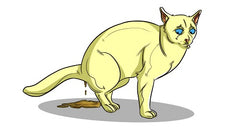
- Ear infections
- Inflammation
- A dull coat or hair loss
- Diarrhea
- Vomiting
- Loss of appetite, food avoidance, or anorexia
- Weight loss
- Skin rash on the neck or head
- Fluid-filled lumps on skin
- Increased scratching or itching
Call the vet if you see the above symptoms in your cat. Over-scratching may produce secondary bacterial skin infections. Also, if your furry friend has food allergies, extended exposure to the allergen might produce life-threatening results.
Food Allergies in Cats: How are They Diagnosed?
In order to determine whether your pet has a food allergy, the vet will ask about the feline’s diet and how long you have given specific kinds of food. Doing this will assist in differentiating between food allergies and additional common allergies, plus infection and mange, for proper treatment.
Unlike additional ailments, laboratory tests aren’t reliable for diagnosing a food allergy. The best method of diagnosing and treating a food allergy is with an elimination diet.
Elimination diets remove possible allergens and gradually introduces various foods until the offending allergen(s) is/are found. The vet will more than likely prescribe a stringent diet of two foods the cat has never consumed: one carbohydrate and one protein. Over the course of 8 - 10 weeks, the cat will stay on the diet until symptoms vanish.
During this point, the vet will have you present other food to test response. If no symptoms arise in the 2 weeks that follow, that food is probably not the allergen in question. Your vet will get you to repeat the process until a response to a specific food is observed.
Vestibular Disease: Why Are Cats Affected with It?
Now that we’ve covered food allergies in cats, let’s get back to the subject of vestibular disease in cats. Much like the exact same disorder in canines, most feline vestibular disease cases are idiopathic, meaning they appear without a concise cause or reason behind them. But inner ear infections are common triggers, in which they may be identified – the swelling and inflammation related to an ear infection may disrupt the vestibular function.
If a feline recently has had ear mites or additional parasites such as ticks or fleas, they could easily cause problems with the inner ear: those hitchhikers oftentimes shelter or burrow inside the ear, where they’re harder to scratch or shake away. A veterinarian will have the ability to diagnose a physical ear injury or infection with an exam and may assist in speeding recovery with cleaning procedures or antibiotics.
If no physical cause is found, there is a good chance it is an idiopathic case and time is your best medicine. The majority of feline vestibular disease cases will clear up on their own in a matter of days, with the most substantial healing observed around 1 - 2 days after symptoms emerge. Before this time, the observable symptoms are at their most serious, and it is vital for concerned pet owners to remember that the condition, if confirmed by the veterinarian, is only temporary.
Vestibular Disease: Are All Cats Susceptible to It?
All cats – domesticated, feral, outdoor, and indoor – may come down with vestibular disease, even though it is essential to remember that it can’t be transmitted to other humans or animals. Certain cat breeds, like Burmese and Siamese, have been discovered to have greater incidences of congenital vestibular disease. Also, deaf cats are at a greater risk of affliction, because of existing malformation of or damage to the inner ear.
Aside from avoiding obvious outside triggers – that is, keeping the cat exclusively inside to avoid parasites and feral fights – there is not a lot an owner may do to reliably prevent vestibular problems. If they arise, they are not a condemnation of the quality of care and life a cat receives, either: it just happens, and it may occur in felines of any level of health and any age.
Vestibular Disease in Cats Treatment
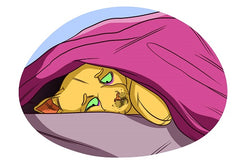
Once it has been determined as a causal factor, the vet typically will direct the cat owner to support their cat as time heals the problem. It might mean proactive trimming/grooming of the back haunches and tail on long-haired cat breeds, who might have trouble using the litter box without a sense of balance. The vet also may prescribe meds that mitigate vertigo and nausea as a feline’s vestibular system tries to right itself: she will require that additional food energy for healing back to her normal self. Depending upon the progression, as well as severity of the vestibular healing cycle, the cat also may be temporarily admitted for IV fluids to prevent dehydration.
If there’s an outside cause behind the vestibular problems, she also may be prescribed antifungal or antibacterial medication that decreases inflammation and swelling as the body heals itself. At this time, the owner must be vigilant about keeping possible infectants away from her compromised immune system. Possible causes may be discussed with a veterinarian and eliminated back at home in order to keep healing moving ahead. These might be as simplistic as washing bedding using hot water and antibacterial soap, or deep cleaning the feline’s normal environment before his arrival back home.
Feline Vestibular Syndrome Treatment: How Can I Help My Cat?
While admittedly more serious through a feline’s eyes, vestibular disease is like a bad bout of seasickness or drunkenness in humans. He will feel as if he cannot get up off the ground, and will have problems performing simplistic tasks, like walking to the kitchen for food or a drink of water. Even if she manages to find her way there, she will instantly feel nauseous once she drinks or eats, because of his jittering eyes.
The owner may provide support by staying physically close to him, which is going to reassure her with a tangible, stable, and steady presence to lean on. A healthy dose of patience and understanding might also be required: cats which don’t feel well often are compelled to lash out in a fight-or-flight reaction.
She might have to be lifted in and out of the litterbox for a couple of days while her sense of balance comes back, and there might be one or two accidents as she recalls how to navigate. In order to cut down on messes, the owner might want to lay down some disposable wee-wee pads that absorb all accidents and make cleanup much easier. For long-haired cat breeds, this also may be a prudent time to cut long hair away from the back haunches and tail to make the “litter process” go a bit more seamlessly during recovery.
Lastly, soft enclosures and bedding, like a cat carrier, ought to be used to reinforce a sense of comfort and safety at night and when unattended. If she continuously falls against a hard surface or floor, she might injure herself, and a feeling of panic might keep her from trying repeatedly. While her feeling of balance should naturally return in a couple of days, a little additional padding in the interim ensures she’s back on her feet free of bruises and bumps.
In Conclusion: Identifying and Treating Cat Vestibular Disease
Central vestibular disease in cats is not something to take lightly, yet it also is a disease which will mostly heal itself over time. Once diagnosed with congenital vestibular disease, the owner just must support the cat’s own healing process until she’s back on her own four paws once again. The symptoms of her disease may be scary, especially because of its sudden onset tendency, yet a well-informed owner is the best defense against more feline discomfort or injury.
Sources:
Vestibular SyndromeHow to Deal with Dizzy Cats
Vestibular disease in dogs and cats
Vestibular Disease in Dogs and Cats











